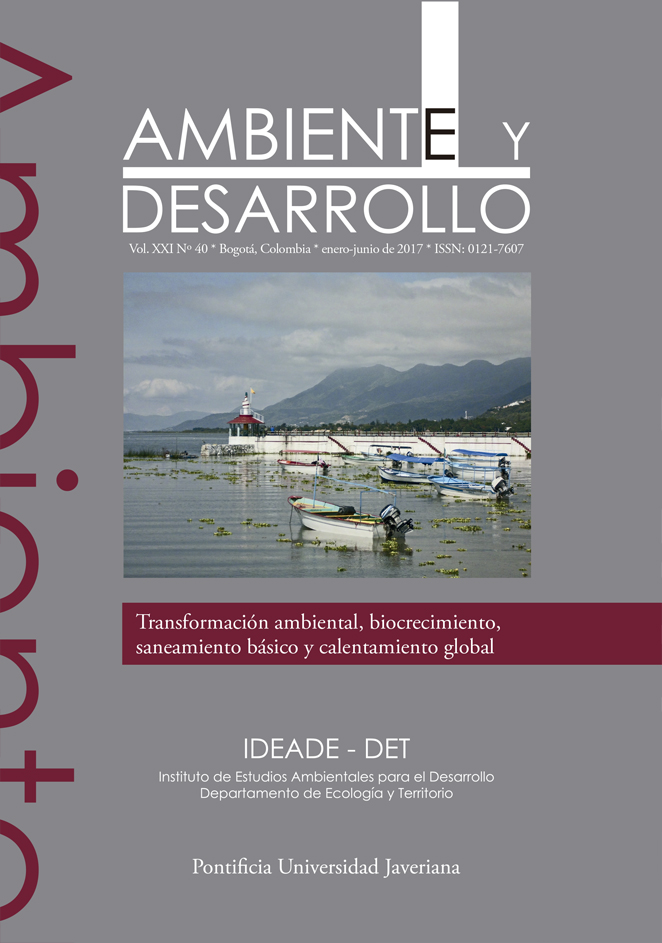Abstract
Se calcula el valor de la vida estadística (VVE) del trabajador minero peruano, año 2012, mediante la metodología de salarios hedónicos. El presente es el primer estudio de este tipo aplicado a un mercado laboral peruano. Se ha empleado la teoría de diferencias igualadoras, y se espera que mientras más elevado sea el riesgo de muerte en ocupaciones mineras, mayor será el salario asociado. La metodología ha requerido la definición previa de una ecuación de salarios explicados por características del trabajador y el puesto de trabajo. Se ha utilizado la Encuesta Nacional de Hogares de Perú del 2012 y estadísticas de muertes por accidentes laborales (MINEM). Con esta información se determinó la forma funcional de la ecuación salarial; se estimó el índice de riesgo mortal (0.0179). Finalmente, se obtuvo un VVE de US $978 000, valor superior al VVE promedio de US $654 000, obtenido por otros estudios para el Perú. Se espera que las conclusiones sirvan como primera aproximación al cálculo del beneficio por vidas salvadas en el sector minero, asociado a iniciativas gubernamentales que regulen la seguridad en el trabajo y el impacto ambiental de la actividad minera.
Ambiente y Desarrollo is registered under a Creative Commons Attribution 4.0 International Public License. Thus, this work may be reproduced, distributed, and publicly shared in digital format, as long as the names of the authors and Pontificia Universidad Javeriana are acknowledged. Others are allowed to quote, adapt, transform, auto-archive, republish, and create based on this material, for any purpose (even commercial ones), provided the authorship is duly acknowledged, a link to the original work is provided, and it is specified if changes have been made. Pontificia Universidad Javeriana does not hold the rights of published works and the authors are solely responsible for the contents of their works; they keep the moral, intellectual, privacy, and publicity rights.
Approving the intervention of the work (review, copy-editing, translation, layout) and the following outreach, are granted through an use license and not through an assignment of rights. This means the journal and Pontificia Universidad Javeriana cannot be held responsible for any ethical malpractice by the authors. As a consequence of the protection granted by the use license, the journal is not required to publish recantations or modify information already published, unless the errata stems from the editorial management process. Publishing contents in this journal does not generate royalties for contributors.


